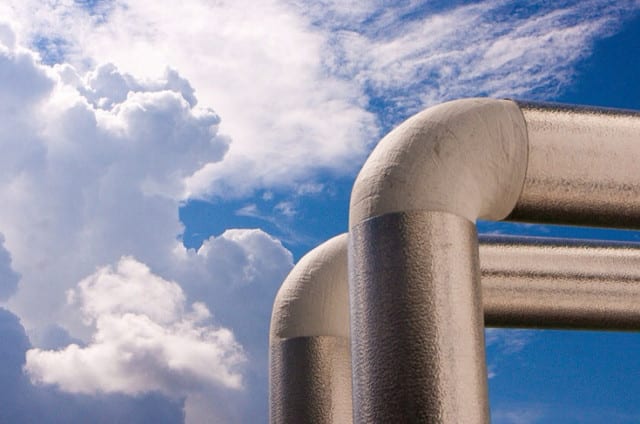If you mention to somebody the idea of installing low-flow faucets, showers or even toilets in their home, chances are you will hear an inevitable groan. Just try it out, we dare you! But the truth of the matter is that you shouldn’t feel a loss of water pressure with low-flow water accessories, particularly if you’re using modern ones with the latest technology. We always want to help you keep it green and live environmentally friendly, so today we’re covering the basics of low-flow water accessories and why you should absolutely give them a try if you can.
What exactly is low-flow?
The first thing to understand is that low-flow doesn’t mean low water pressure. Low-flow water appliances like toilets, sinks and shower heads use less water-per-minute than older models so that you’re able to conserve more water. They do this by using a high pressure technique to create the same water pressure level while using less water than other, less efficient models. What’s that, you say? Did we just say that they create the same water pressure as older models but use less water? Yes, we did. And it’s backed up by testing!
What to Look for in Low-Flow Water Appliances
What you’ll be looking for in a low-flow appliance depends on the type of appliance. You’ll also want to do a quick evaluation of whether or not you need a low-flow appliance since it’s perfectly possible that your existing fixtures may work just fine. Let’s start by talking about … shower heads!
Low-Flow Technology and Your Shower Head
This is the first question, how good is your current set-up. And it’s easy to answer with this quick test:
- Place a bucket — marked in gallon increments — under your shower head.
- Turn on the shower at the normal water pressure you use.
- Time how many seconds it takes to fill the bucket to the 1-gallon (3.8 liter) mark.
If it takes less than 20 seconds to reach the 1-gallon mark, you could benefit from a low-flow shower head.
So now you know if you need a low-flow shower head. That’s step one! Step two is selecting the one that’s best for you. There are two types of low-flow showerheads: aerating and laminar-flow. Aerating showerheads mix air with water, forming a misty spray. Laminar-flow showerheads form individual streams of water. If you live in a humid climate, you might want to use a laminar-flow showerhead because it won’t create as much steam and moisture as an aerating one. Either way, you’ll be helping the planet, so that’s a great thing.
So, about those other faucets …
It’s actually not the entire faucet that you’ll need to replace, which is great news because you won’t have to mess with plumbing and you’ll likely save some money. It’s actually the aerator at the end of the faucet that controls the flow pressure. You’ll want a faucet aerator that has a flow rate of no more than one gallon per minute. But here’s a pro tip that you should keep in mind: when you’re buying a new aerator for a faucet, you should bring the existing aerator to the store so that you’re sure you’re getting one with the fit that you need.
Dish and Clothes Washers: ENERGY STAR™ Matters
When it comes to dish and clothes washers, there isn’t actually any such thing as low-flow technology, but there are energy efficient models and non-energy efficient models. Be sure to look for ENERGY STAR rated products. Of course, there are a number of other water and energy saving tactics that you can use with washing machines as well. Don’t run your clothing or dish washer unless the load is full. Opt for cold water washes and energy saver settings on your clothing washer when possible. Consider switching to a front-loading instead of top-loading clothes washer since they use less water. Finally, consider a temperature booster for your dish washer if it doesn’t already have one.
In the modern era, we all have a lot of water appliances in our home that use both water and energy. It means that we certainly risk overusing both. Low-flow doesn’t mean giving up luxury, and being conscious of the water that you use is the right choice to make. Trust us, go low-flow. You won’t regret it!
Did we miss a thought on low-flow that you want to speak up on? Share it with us on the social media channels below.
Facebook | Twitter | Instagram | Tumblr | Pinterest | Google+ | Medium





